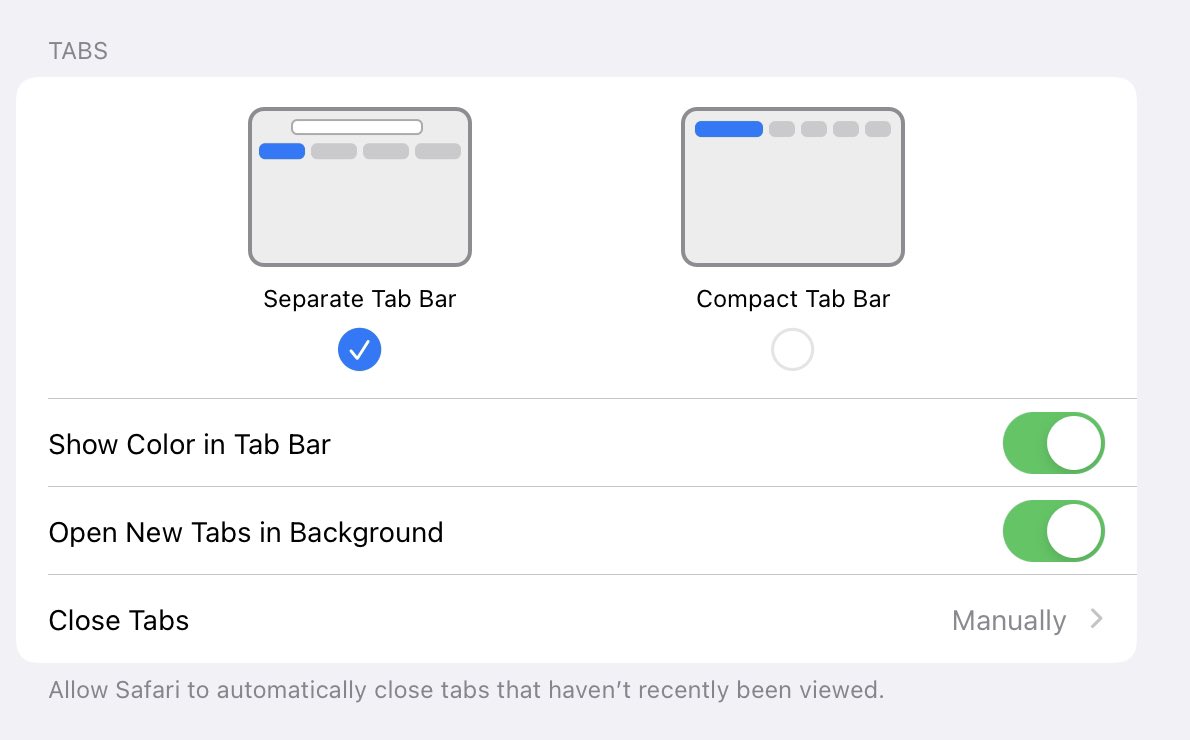
1/ "Clippy, The F*cking Clown" **new post** Looks like you're trying to do a section in "Hardcore Software" on the origin and behind the scenes of Clippy. …rdcoresoftware.learningbyshipping.com/042-clippy-the…
2/ If you would have told me in 1997 that I would still be talking about the paperclip in 2021, I would have LOLed and OMGed. I definitely want to go through reasoning and choices of the feature because it is super interesting. But the real story is not as much why, but how?
3/ In 1995, Office was half of Microsoft's profits. Through the release of Office 95 there were over 12 million licenses sold (about 100M Windows capable PCs had been sold since 1990). Still, there was competition from two billion-dollar companies, leaders in the DOS era. 

4/ Yet, we faced an enormous problem with our software (and the PC in general). The Graphical OS was supposed to make the PC much easier, but still people really struggled. In fact, PCs seemed to be getting more difficult to use as more people used them.
5/ Buying Office also meant probably buying one or more giant books (700+ pages) on how to use Office or maybe taking a course offered by work or at a community college. To many, learning Office was like learning a whole new profession. And customer satisfaction was declining. 

6/ We had to take risk. The way the Office team had historically worked was to take big risks -- bet on GUI, rewrite PowerPoint, reset the WinWord project. Doing the Assistant was a big bet and we did it without fear of failure, without a zillion meetings, without consternation.
7/ There's something magical about that time--when MS was willing to take core product risk in a significant way. We took it seriously doing more testing and validation than we had ever done. It was kind of crazy. It's cliché, but testing went very well😬
8/ In the post you'll find the story of the technology and creating the feature. It is super interesting. The result and how that perception changed over years amazes me: from ridicule, to shame, to kitsch, and ultimately to "wow so ahead of its time".
9/ I think a lot about how special the company was that enabled risk-taking like this and doing so without fear of failure, fear of repurcussions, or marks on your performance record. This post has several embedded videos and background materials. FUN!
10/ We in Office (and then Windows) would continue to make big bets. It gets easier over time to avoid doing so. Please subscribe and join us on the journey of the PC. …rdcoresoftware.learningbyshipping.com
PS/ Conan was very tough to watch (even today--those cheers!) but then later when lolcat "memes" became a thing c. 2007 (anyone recall icanhascheeseburger?) this Clippy meme (using Office 2000 version) kind of made me smile. 

PPS/ It is true that sometimes people snuck Easter eggs into the code so they could add credits. When I was an exec I had no, no official knowledge, of such activity. However, these are the credits for the Assistant feature. Office 97 RTM on Windows 98, no VM :) #soundon
• • •
Missing some Tweet in this thread? You can try to
force a refresh











